On two occasions Don Snyder approached one of the nation's largest private philanthropic organizations about supporting a performing arts center in Las Vegas. Both times, Snyder says, the foundation said it wasn't interested in getting behind the project.
More than $150 million later, that institution — the Las Vegas-based Donald W. Reynolds Foundation — is the Smith Center for the Performing Arts' largest benefactor.
What happened to bring the Foundation's board around was the successful unfurling of a strategic business plan, laid out 11 years ago, that required public and private funding. Without public funding, the result of a 2 percent car-rental tax, and land on Downtown's 61 acres provided by the city, the private funding would have never come forward.
"Each one reinforced the other," says Snyder, now chair of the Smith Center's board. "Each encouraged progress in the other. We couldn't go out to the general public and ask them to support a dream."
That's exactly why early organizers brought in Snyder, then-president of Boyd Gaming. A cultural institution in Las Vegas was no easy sell. Snyder had connections, and knew from his time heading Nevada Development Authority, charged with recruiting non-gaming business to the area, that luring new companies to an area with few cultural and community offerings had its challenges. Moreover, his colleagues say, Snyder is a master of strategic planning, having served as CEO of both the Fremont Street Experience and First Interstate Bank of Nevada.
Snyder had two requirements for heading up the performing arts center team: That he could build the board with business leaders, and that he could run it like a business. "I've seen too many arts groups come and go because they don't have a business plan," he says.
So Snyder and Myron Martin, now president and CEO of the Smith Center, mapped out that plan: an even split of public and private funding and a $50 million operating endowment.
For that, they'd need a benefactor.
It was early December 2004 when Snyder called Fred Smith, chairman of the Reynolds Foundation, which has given hundreds of millions to nonprofit organizations. The two knew each other from the time Smith served on Snyder's bank board.
Snyder says he didn't ask Smith, whom he refers to as a "tight businessman," for money when he made the phone call. He just wanted to let him know about the project.
Shortly after, he was at the Reynolds Foundation, explaining the project to Smith and Steve Anderson, Reynolds Foundation board president. Snyder remembers Smith telling him that the board probably wouldn't be interested. To be sure, Anderson would present it at a board meeting. The board still wasn't sold on the idea, but wanted to know more, so it formed a subcommittee.
At the time, Smith says, there were two groups planning separate facilities, in separate areas of Las Vegas. "We did not believe that the city could support both efforts, and at that time it was not evident which group would take the lead in a single effort to build a performing arts center."
The week that Snyder was to present to the subcommittee delivered a trifecta of good news for his team. On a Tuesday in February 2005, county commissioners approved a 2 percent car rental fee approved by the state legislature to help fund construction costs of the center's building; on Wednesday, the city promised land and to help with infrastructure.
And on Thursday, when Snyder, Martin and Alan Feldman, Smith Center board member and MGM Mirage's vice president of public affairs, walked into the boardroom, they felt pretty confident. The performing arts center was no longer just a dream. More than an hour into the presentation, they summed it up: This would be the most important project to Southern Nevada; a $50 million donation would be the largest single philanthropic gift in the state; this community had been important to the late Reynolds; and furthermore, $50 million would put Smith's name on the building. Smith was not at this presentation, but his son Wes was.
The following week, Snyder was back at the Reynolds Foundation to meet Smith for lunch. Standing at the reception desk, he heard a booming voice coming down the stairs. It was Smith: "That was a pretty bold request you made in front of the committee last week." They headed out onto the patio and sat on a hard teakwood bench. Smith said again: "That was a pretty bold request."
After a while, Smith said "We're going to give you the $50 million. In addition, Mary [his wife] and I are so impressed with what you've done that we'd like to match you $1 million in the Founders Club." As Snyder recalls, Smith threw his head back and laughed, then said, "Don't you wish you'd asked for more?"
Of the $50 million, $5 million would go to design costs and $45 million would go toward the operating endowment and educational programs.
It was the first of two surreal moments for Snyder, who first became involved with the project in 1994 at a call-to-action meeting organized by Steve and Elaine Wynn, John Goolsby of the Summa Corporation and such community leaders as Nancy Houssels, co-founder of Nevada Ballet Theatre.
The second was when Snyder and Martin were called in to update the board on the construction and fundraising process. Seemingly out of the blue, the board asked how much was needed to complete the project at once, rather than in phases. Answer: $112 million.
The next Monday they were back at the Reynolds Foundation having lunch with Smith, who, after toying with Snyder about multiple donors and the logistics of naming rights, announced that the foundation would give another $100 million. As Snyder recently said about Smith: "We have $150 million reasons to love this guy."
The Reynolds Foundation is directly and indirectly responsible for the educational team already working in schools, and the "dream team" of concert hall experts moving the project forward. That team includes Paul Beard, formerly of Fort Worth's Bass Performance Hall (one of the main inspirations the Smith Center), and Richard Johnson, cofounder and chair of CFO/Arts, a national association of finance executives in the nonprofit arts, and was an executive at the Orange County Performing Arts Center.
A performing arts center in Las Vegas makes sense, Smith says. It just needed the right leadership to get it off ground.
"This project may be the most important project to be built in our lifetime," he says. "Arts education for children, cultural opportunities for all residents and prospective residents are important for the growth and well-being of our community."
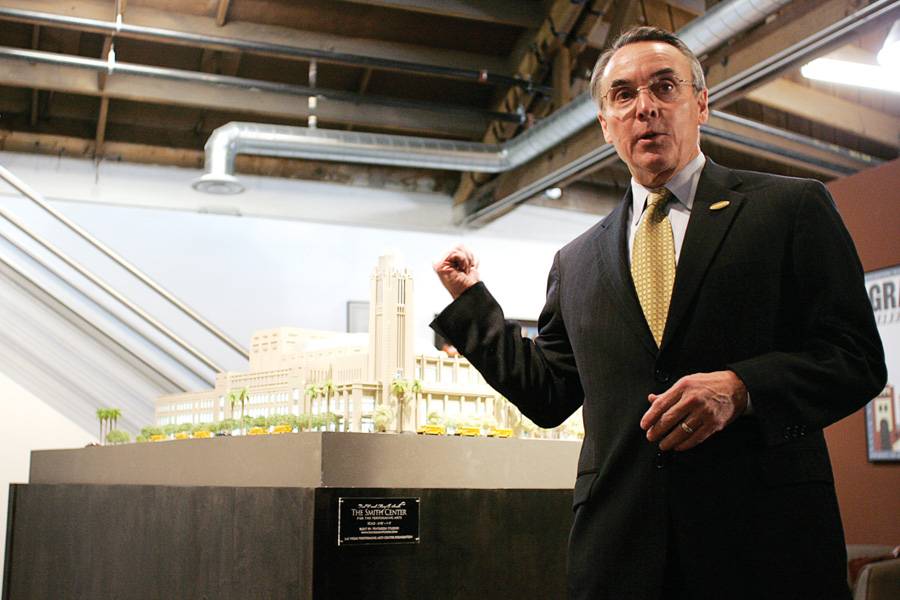
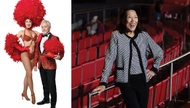

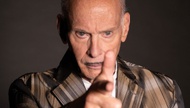
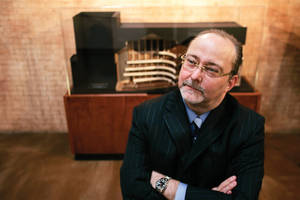

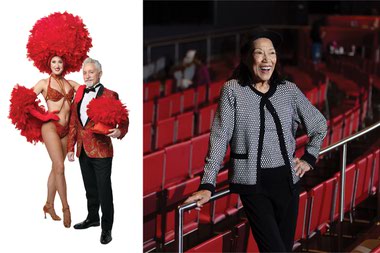
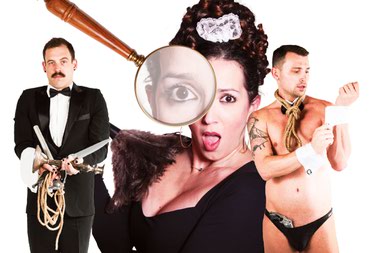
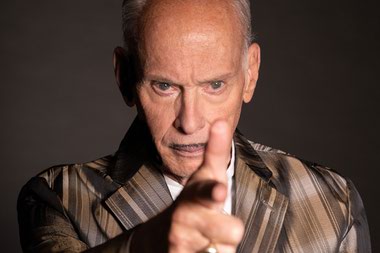
Previous Discussion: